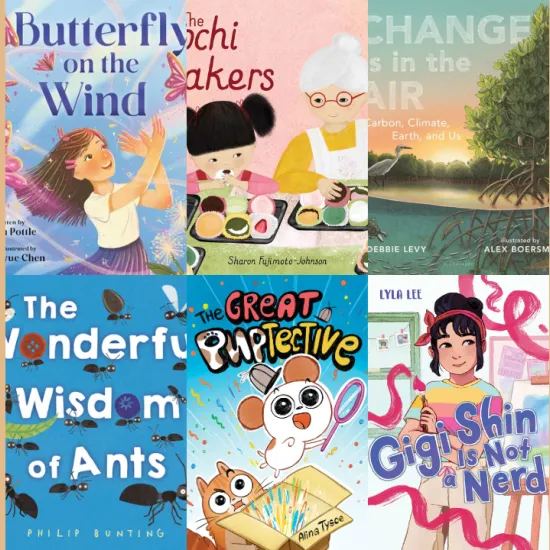- Kimberly Jones
- Tuesday, October 10, 2023
Let’s explore wind and severe weather.
Weather is ever-changing and by the second grade, your student will be studying about daily and seasonal weather changes. Some of those daily and seasonal changes can include wind and severe weather. You will explore weather events like damaging winds, thunderstorms, lightning, tornadoes, hail, and floods.
The wind is simply air in motion. The wind is measured by speed and direction. Wind speeds below 16 miles per hour are considered normal. While winds exceeding 16 miles per hour, can cause damage and can be considered severe. Severe weather is when the conditions of our atmosphere get dangerous. When this happens, the conditions can cause damage to people and property like cars and homes.
Your student should explore how weather scientists (meteorologists) measure and record these conditions. Watch the local weather forecast with your student. Then, explore how meteorologists predict severe weather and prepare communities with safety measures.
According to the SC Education Oversight Committee, your learner should be able to:
- Show their knowledge of daily and seasonal weather patterns.
- Observe local weather data and explain the daily and seasonal weather patterns.
- Create and use models to explain and compare the effects of wind on objects
- Describe why some safety measures are necessary during severe weather
Activities & Multimedia:
Grab a few items around the house. Ask an adult to help with a fan or blow dryer. Place the items on the floor and turn on your fan. What moved or stayed still? If you turn the fan up or down does that affect the movement of your objects? If you change the position of the fan how does that affect the movement of the objects? This is just one way to explore the concept of wind. Learn more by heading over to BrainPOP Jr. where you will find fun activities to help you explore this wind and severe weather even more.
Watch this video and learn about server weather and some safety measures you can take in case they happen.
Do you want to explore other second grades science standards?
Books to Read:
Below you will find books that will help you explore the earth science concept of wind and server weather. Want us to pull books for you? Contact us at 803-799-9084 and request to have books sent to your nearest Richland Library location.

How Weather Works

Watching Weather

Storms


Violent Weather

National Geographic Kids Ultimate Weather-pedia

Flood

If You Were a Kid Surviving a Hurricane


Wind

The Big Rivers


Hurricane!

Blizzard



The Weather Disaster

Twisters and Other Terrible Storms

Hurricane



